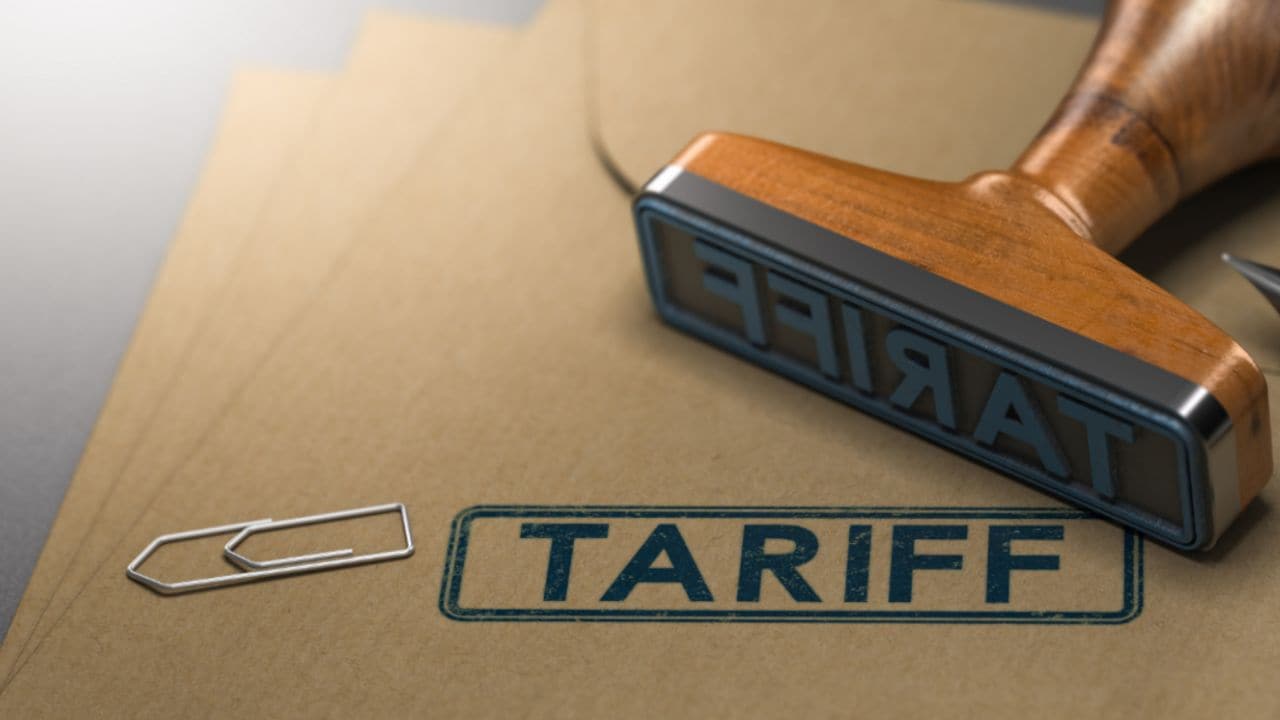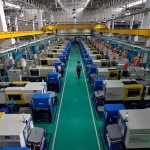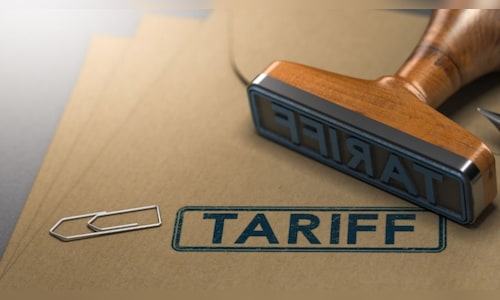[ad_1]

Speaking with CNBC-TV18, Krishna explained that as long as tariffs remain within a reasonable range of 15-30%, businesses and countries can find alternative trade routes to mitigate their impact.
He pointed to China’s strategy of setting up manufacturing plants in Vietnam to export goods to the US, effectively bypassing direct trade restrictions.
However, he cautioned that tariffs in the 50-100% range could create serious economic disruptions. While such drastic increases are unlikely, tariff threats are often used as a negotiating tactic to gain better market access.
Also Read | PM Modi discusses India-US ties in phone call with President Trump
India, for instance, has already begun reassessing its tariff structures to facilitate smoother trade with the US, while tariffs imposed by the US could lead to increased costs for intermediate goods such as steel, aluminium, and automobiles.
Similarly, sectors sensitive to tariff changes—such as agriculture and dairy in India—pose challenges to trade liberalisation.
While immediate tariff cuts may not be feasible, he suggested a phased reduction over several years as a more practical solution
With Prime Minister Narendra Modi’s visit to Washington, DC, Krishna expects greater clarity on future trade agreements between the two countries.
Also Read | India’s energy ambitions rest on five pillars, says PM Modi at India Energy Week
For the full interview, watch the accompanying video
Catch all the latest updates from the stock market here
(Edited by : Shweta Mungre)
[ad_2]
Source link










